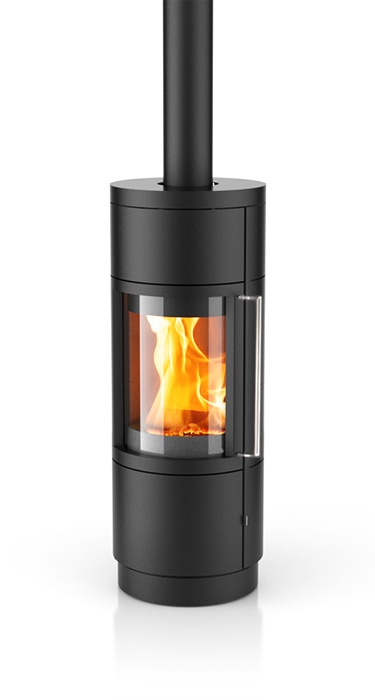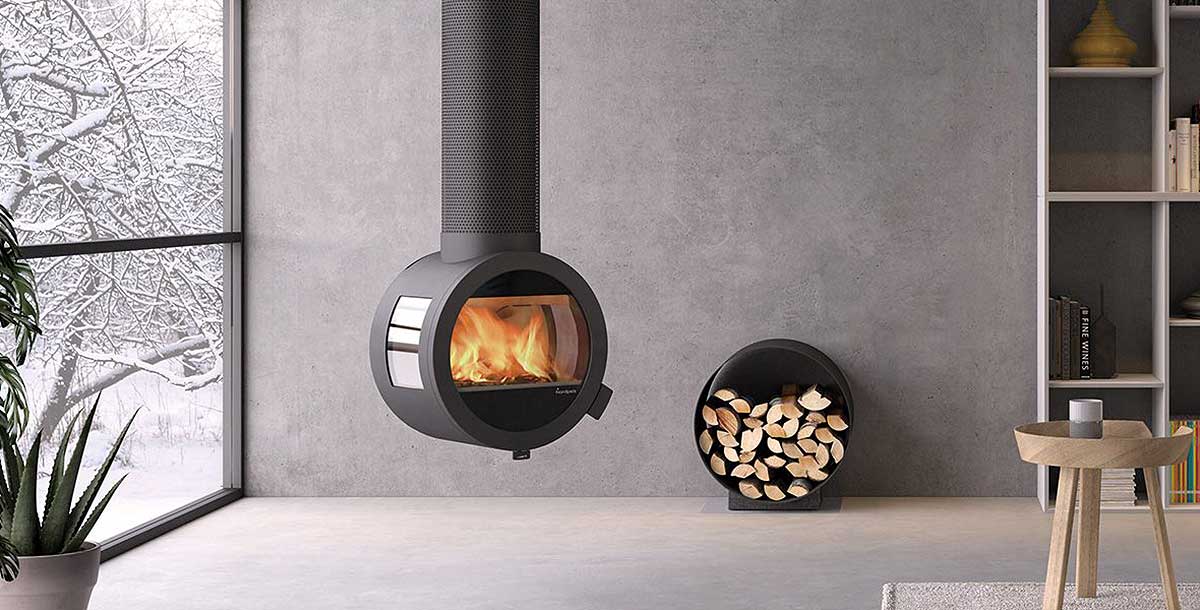Hello all! Long-time lurker, first time poster.
I've been browsing this forum for a while for ideas and education while this project idea has been turning in my head. I've been blown away by the community on this forum and everyone's willingness to share their knowledge and experiences in order to help people achieve beautiful and most importantly, safe results.
I live in Central Texas, so our winters are fairly mild with few truly cold days. But this past February's winter storm, along with the new IRS tax credit, has given me a little motivation to finally move forward on this project above and beyond just loving the ambiance that a fire gives, and the aesthetic of a free-standing wood-burning stove.
Present State
![[Hearth.com] Replace ZC fireplace with free-standing, wood-burning stove [Hearth.com] Replace ZC fireplace with free-standing, wood-burning stove](https://www.hearth.com/talk/data/attachments/278/278214-8eb3f77773ec42421c85add9f176b294.jpg?hash=DUeTYr3252)
![[Hearth.com] Replace ZC fireplace with free-standing, wood-burning stove [Hearth.com] Replace ZC fireplace with free-standing, wood-burning stove](https://www.hearth.com/talk/data/attachments/278/278215-35076a7ddb17e731bfda98876a99fd79.jpg?hash=fiRzV0PzX5)
![[Hearth.com] Replace ZC fireplace with free-standing, wood-burning stove [Hearth.com] Replace ZC fireplace with free-standing, wood-burning stove](https://www.hearth.com/talk/data/attachments/278/278216-e92d97a7b0a71f9e65c1ab31eaabbde5.jpg?hash=aJfmQtfGZE)
Desired Future State/Goals
I've been browsing this forum for a while for ideas and education while this project idea has been turning in my head. I've been blown away by the community on this forum and everyone's willingness to share their knowledge and experiences in order to help people achieve beautiful and most importantly, safe results.
I live in Central Texas, so our winters are fairly mild with few truly cold days. But this past February's winter storm, along with the new IRS tax credit, has given me a little motivation to finally move forward on this project above and beyond just loving the ambiance that a fire gives, and the aesthetic of a free-standing wood-burning stove.
Present State
- 1984 construction on concrete slab, approx. 1470 square feet
- Living room features a builder-grade TrueHeat TH-36 Zero-Clearance fireplace that I believe must be original to the house.
- I have attached the PDF installation manual for this unit to this message
- The fireplace has a natural gas attachment (you can see the key behind the guitar in the interior picture)
- It appears that there is a vent on the side of the chase, perhaps for external venting per the install manual?
- Per the install manual: "Never use fireplace inserts or retrofit your Trueheat* fireplace with a wood stove and/or stove pipe." so this avenue is closed to me.
- The fireplace is flush to the wall, and sits in an external masonry-faced bump-out/chase (see pictures) on the slab.
- This chase has the following external dimensions:
- 66.5” Wide
- 24.5” Deep
- 11” and 10.5” from the outside of chase to the left and right-hand windows, respectively
- The ceiling height throughout the house is 105"
- Given the above figures, my suspicion is (without having opened the walls) that with the ~3” depth of the brick, another ~3.5” for the framing 2x4, plus .5” on each side for interior cement board, the interior size of the alcove would be (max, with slightly greater distance-to-combustibles) :
- ~52” wide
- ~22” deep
- As you can see, the exterior chase itself is quite tall. I’m not sure how this impacts the install or what additional work would be necessary to accommodate this.
- Since the external bump-out/chase is masonry, I do not have reasonable access to the back of it (I have read this is necessary for newer ZC fireplaces, but I am not sure why)
![[Hearth.com] Replace ZC fireplace with free-standing, wood-burning stove [Hearth.com] Replace ZC fireplace with free-standing, wood-burning stove](https://www.hearth.com/talk/data/attachments/278/278214-8eb3f77773ec42421c85add9f176b294.jpg?hash=DUeTYr3252)
![[Hearth.com] Replace ZC fireplace with free-standing, wood-burning stove [Hearth.com] Replace ZC fireplace with free-standing, wood-burning stove](https://www.hearth.com/talk/data/attachments/278/278215-35076a7ddb17e731bfda98876a99fd79.jpg?hash=fiRzV0PzX5)
![[Hearth.com] Replace ZC fireplace with free-standing, wood-burning stove [Hearth.com] Replace ZC fireplace with free-standing, wood-burning stove](https://www.hearth.com/talk/data/attachments/278/278216-e92d97a7b0a71f9e65c1ab31eaabbde5.jpg?hash=aJfmQtfGZE)
Desired Future State/Goals
- A free-standing wood stove installed in the alcove described above
- A stove that can heat the front of the house (~15x20 living room, and the 10x20 dining room behind it (they are connected with a pony wall between).
- My expectations are not that the entire house be heated.
- The stove is eligible for the new IRS tax rebate
- I am completely OK with the alcove being full ceiling-height (I do not care about a mantlepiece/hanging pictures etc)
- A raised hearth would be nice though certainly not necessary
- Visited what seems to be the lone fireplace/stove retailer in my area. I described my issue and showed pictures. They said that without the measurements of the chase, they were unable to recommend a route forward. Understandable!
- Educated myself on the basics such as clearance, distance to combustibles
- Put together a library of threads from this forum featuring similar projects, etc. Some are close, but I do seem to have some unique particulars.
- What are some suitable next steps for my situation?
- What aspects of the purchase/install does the IRS tax rebate cover? I assume not the demolition and removal of the old stove/alcove.
- Is there a short list of recommended stoves that meet the requirements of the alcove size and that satisfy the requirements of the new tax rebate?
- What, if any, additional complications will the long chimney length introduce to the project? One thread featuring a similar project (albeit with a multi-story house) indicated some difficulties with chimney installation, and the same individual encountered issues with condensationas well.
- For demolition?
- For construction?
- How will the gas line running to the current stove complicate demolition and construction?
- Would installing a new EPA-compliant ZC fireplace be a superior route in my situation, or would it require external access through the back of the chase (not practicable, obviously!)
- What additional important questions have I not asked?
Attachments
Last edited:





